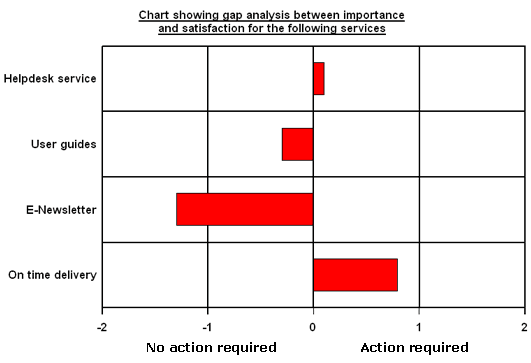Understand What the Numbers are Saying
What do people think of your product? How is it used in everyday life? If you can’t understand your customer, you are not going to be able to cater to their needs. That’s where UX research comes into play. It gives you clear answers behind audience behaviors, helping your business make informed decisions.
Quantitative UX research is all about understanding numerical data that explains human behavior – and it’s one of the key elements of any creating a successful user experience.
Qualitative (the “why”) Vs. Quantitative Research (“the what”)
Before you dig into finding answers, it’s important to note the role of qualitative research as well. This helps you in understanding the ‘why’ behind the questions and gives an insight into your user’s decision-making process.
Qualitative research is often done with a small group of participants and doesn’t give you a clear perspective about the path ahead. However, qualitative research can lay the framework for quantitative research. It gives you an idea about the questions you need to be asking.
Quantitative research answers questions such as “how many people clicked here” or “what percentage of users are able to find the call to action?” It’s valuable in understanding statistical likelihoods and what is happening on a site or in an app.
An Approach to Quantitative Research
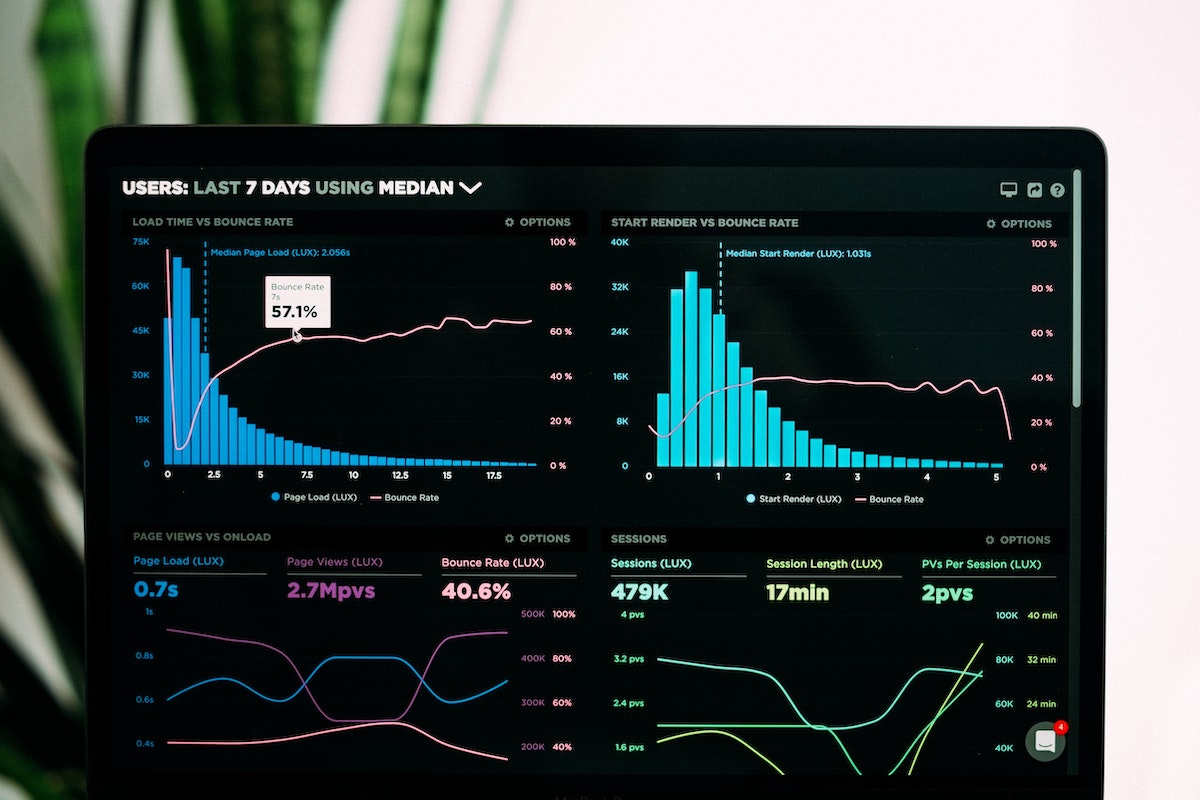
Quantitative research tends to focus on your audience as a whole and is usually conducted through mass methods such as surveys or behavioral analytics tools.
Obtaining quantitative data is only the first step. Before you begin analyzing, there are a couple of things you need to do to ensure that the results aren’t biased.
Pre-Analysis Checklist
Data Validation & Coding
Before you get down to the numbers, re-evaluate your data to make sure that what you have collected is valid. For example, if you’re looking to understand the utilization of your product with 16-25 year olds, getting answers from those beyond that age bracket would bias the overall results. To have more insight towards coding, you can search for articles online or you can simply visit this page.
Keep an eye out for outliers. These are the answers that have the ability to skew your results completely. Usually they are indicated by extremes in the data. For example, if you have nearly all users completing a checkout process in less than 60 seconds and only a few taking over 8 minutes, you might have outliers in your dataset.
Finally, group the data wherever it varies across a wide range. Putting in age brackets is one of the best examples of grouping. Instead of having varied results at each age point, make distinct categories like 18-25, 26-35 and so on.
Quantitative Data Analysis Methods
Cross-Tabulation
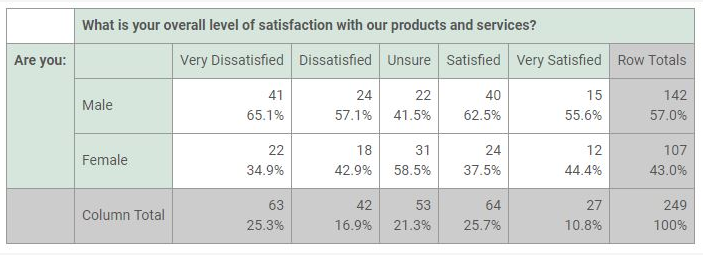
A popular data analysis method is cross-tabulation. Cross tabulation is used to quantitatively analyze the relationship between multiple variables. It helps you to discover a pattern within a variety of related yet exclusive data sets. For example, if you’re trying to see app usage across age groups, cross tab will help you note the age group that has the highest frequency of app usage while also enabling you to compare.
Max-Diff Analysis
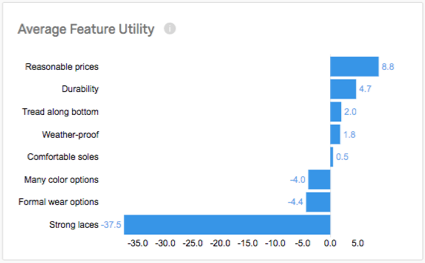
Max-Diff analysis an approach for obtaining preference/importance scores for multiple items. This is a great way to gauge which parameters matter most for your customers. It helps you understand quantitatively what ranks higher and is also called the ‘best-worst’ method.
It’s often used when you’re trying to compare a single attribute. For example, listing a series of features and asking the audience to rank these based on utility value will help you discern which is your best feature. This in turn can give insights to your marketing efforts.
Conjoint Analysis
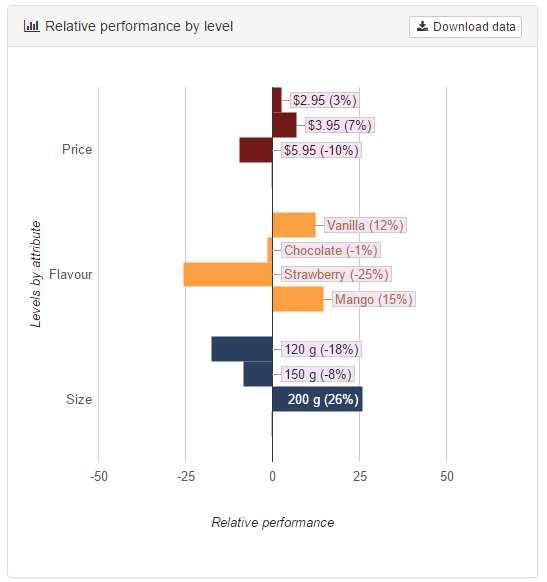
Taking the Max-Diff analysis one step further, the conjoint analysis adds in more dimensions. This is ideal when you’ve asked the user a question with several facets.
Let’s continue with the example of the list of product features. In order to do a conjoint analysis, you need to include other factors that may affect user preference. So in this case, you may factor in utility value along with the business type. This would help you target certain features to users from certain industries.
Gap Analysis
Gap analysis is an evaluation technique used to demonstrate the difference between the desired state and the current state. It can also be the analysis of the difference between a technology’s capabilities and the user’s needs. This is usually informed by a user needs analysis and is used to produce usability objectives and a development plan. Usually represented using a bar or line graph, this helps you gauge the difference between the actual and the expected performance.
For example, you can ask customers how they came to your website. Compare this to how you expected the word to spread, and you might get an insight into what you need to focus on. Perhaps you expected more leads to come in through Google ads as opposed to word of mouth.
Trend Analysis

When you’ve just wrapped up a longitudinal study, a trend analysis can show you data changes over time. Using this you can visualize the answers based on a range of variables to see how different factors impact the trends.
For example, perhaps you noticed a spike in demand for online survey platforms that coincided with the summer holidays. Upon further analysis, you noticed that this demand was predominantly amongst universities and researchers, whereas enterprises showed a heightened interest year-round.
Sentiment Text Analysis
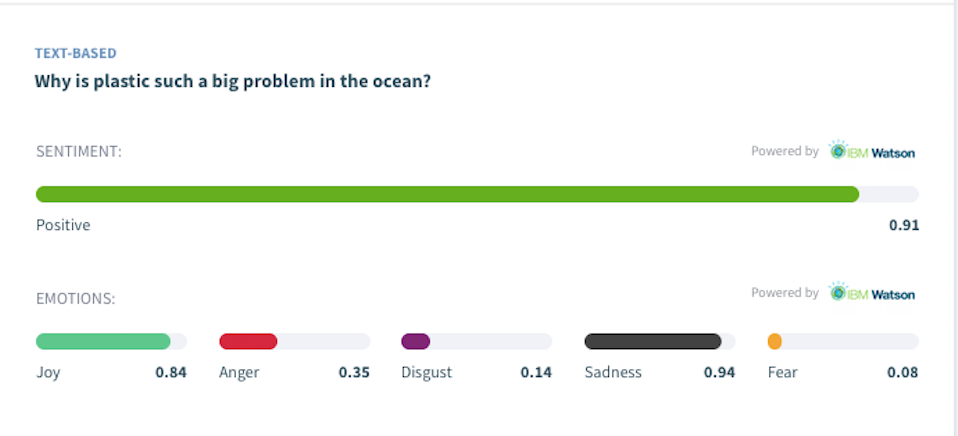
A sentiment text analysis will help you understand the tone of your user’s feedback. This data can be quantified to understand the number of users feeling a certain way. Using Natural Language Processing tools will help you discern the sentiment of the responses to give you a better insight into the data collected.
Conclusion
Gain both quantitative and qualitative insights through tools including surveys, polls, and web analytics. Quantitative UX research helps you to better understand your customers, their preferences, behaviors, and the factors that affect their decisions. It can unveil a treasure trove of information via the right analytics, giving you the leverage you need to stay a cut above your competition.
UX research - or as it’s sometimes called, design research - informs our work, improves our understanding, and validates our decisions in the design process. In this Complete Beginner's Guide, readers will get a head start on how to use design research techniques in their work, and improve experiences for all users.
